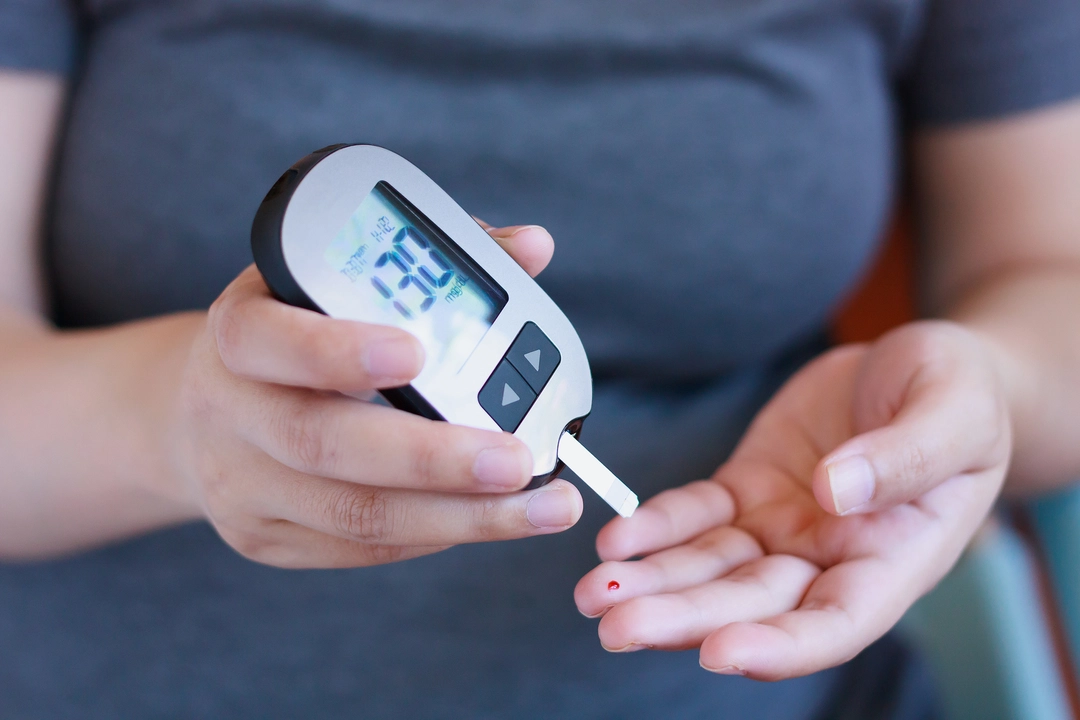If you or someone you love has diabetes, the word can feel heavy. But managing it isn’t rocket science—you just need clear, everyday actions. Below you’ll find practical advice that fits into a normal routine, plus a quick rundown of what diabetes actually is.
Diabetes means your body can’t control blood glucose the way it should. In type 1, the pancreas stops making insulin altogether; in type 2, cells become resistant to insulin, so sugar hangs around in the bloodstream. There’s also gestational diabetes, which shows up during pregnancy and usually fades after delivery.
Why does this matter? Because each type calls for different treatment steps. Type 1 always needs insulin injections or a pump. Type 2 often starts with lifestyle tweaks—diet, movement, weight control—and may add oral meds or GLP‑1 drugs later on. Knowing your type helps you pick the right tools.
Track what you eat. A food diary (paper or app) shows how carbs affect your numbers. Aim for consistent carb portions at each meal; a typical serving is about 15 grams of carbs, like half a cup of rice or one slice of bread.
Move daily. You don’t need marathon training—just 30 minutes of brisk walking, cycling, or dancing can boost insulin sensitivity. Even short bouts (10 minutes) spread through the day work well.
Stay hydrated. Water helps kidneys flush excess sugar. Skip sugary drinks; they spike glucose fast and add empty calories.
Monitor your levels. Use a glucometer or continuous glucose monitor (CGM) to see trends, not just single numbers. Spotting patterns—like high readings after dinner—lets you adjust meals or meds before problems grow.
Don’t skip medication. Whether it’s insulin, metformin, or newer pills, take them exactly as prescribed. Set alarms if you tend to forget doses.
Watch for complications. High sugar over years can damage nerves (diabetic peripheral neuropathy), kidneys, eyes, and heart vessels. Regular check‑ups—eye exams, foot inspections, A1C tests—catch issues early when they’re easier to treat.
Get support. Talk to a diabetes educator or join an online community. Sharing tricks—like how to pack low‑carb lunches—keeps you motivated and less isolated.
Putting these steps together creates a simple, repeatable routine: eat balanced meals with known carbs, move a bit each day, check your glucose, and follow your medication plan. Over time, the numbers will stabilize, and you’ll feel more in control of your health.
If you’re just starting out, pick one change—maybe tracking carbs for a week—and build from there. Small wins add up, turning diabetes from a daily worry into a manageable part of life.
